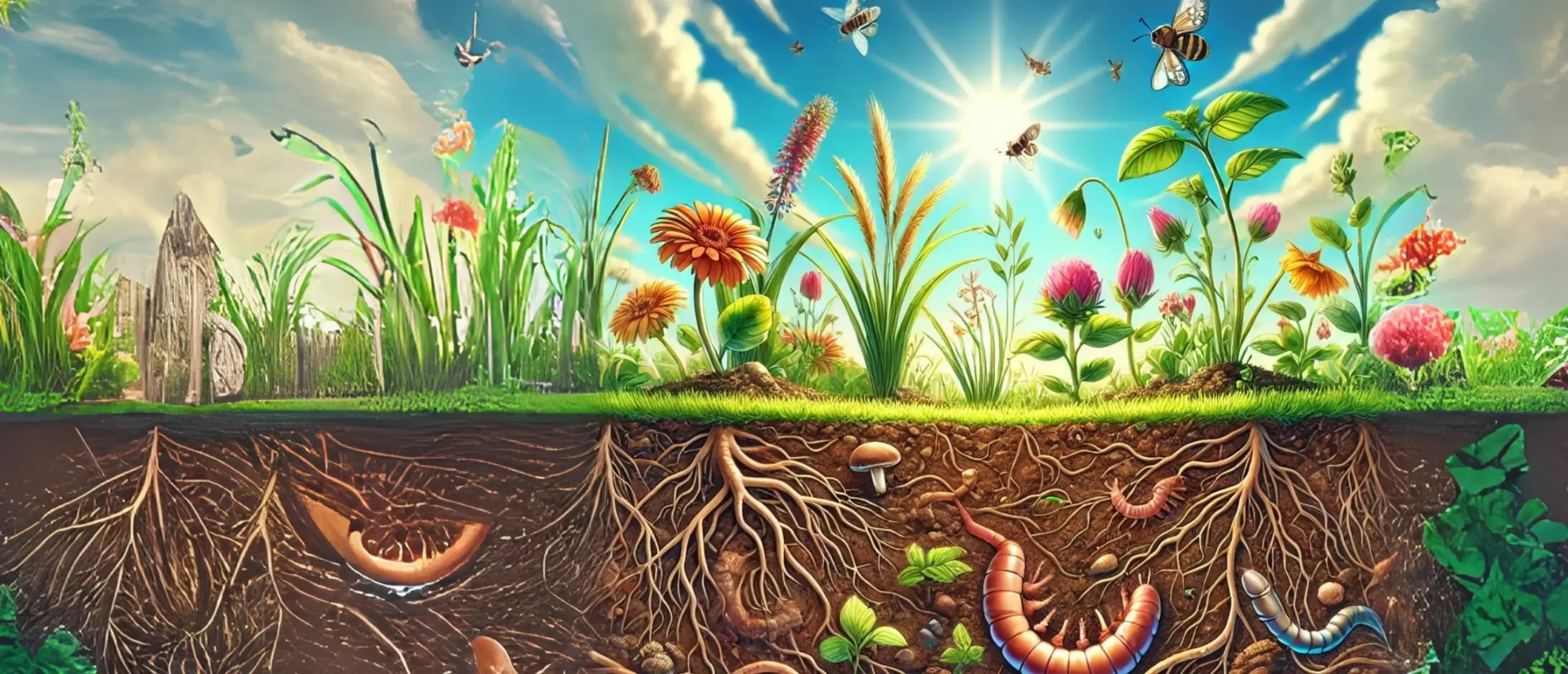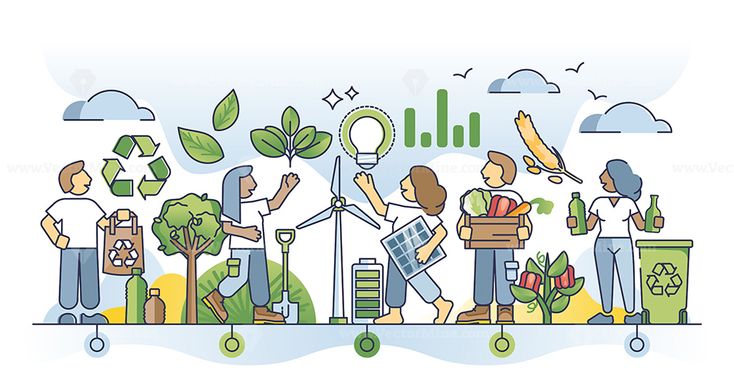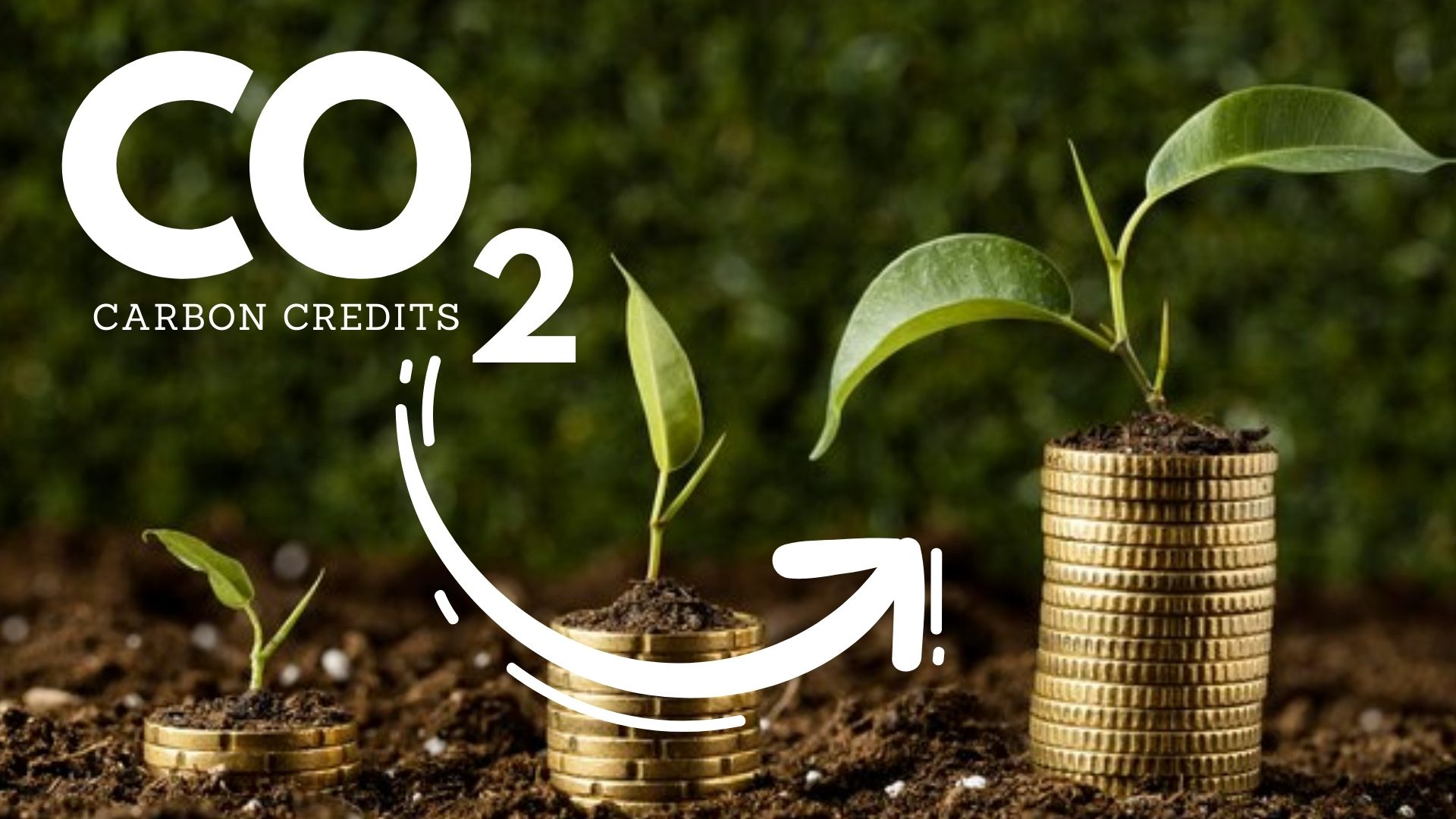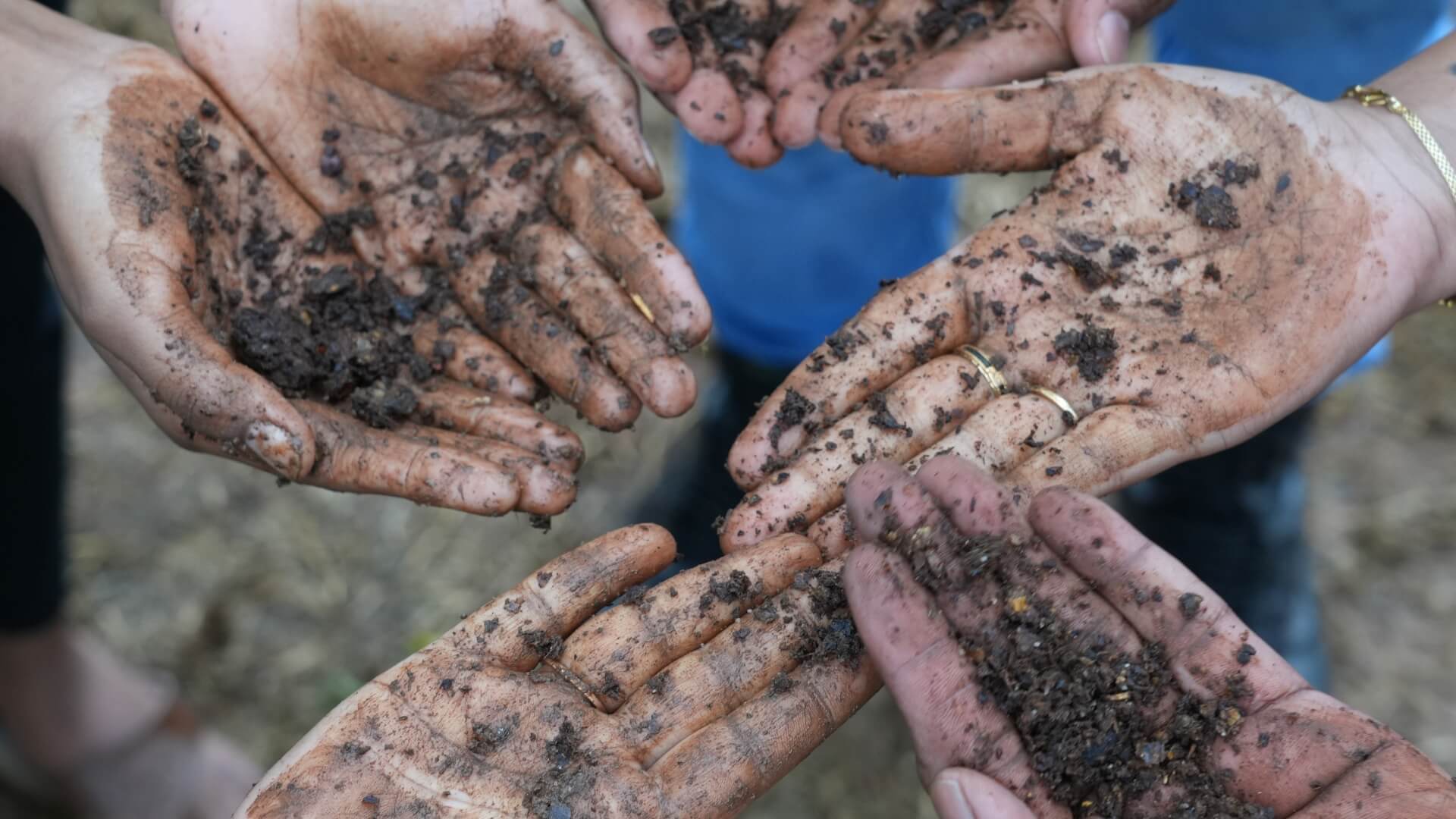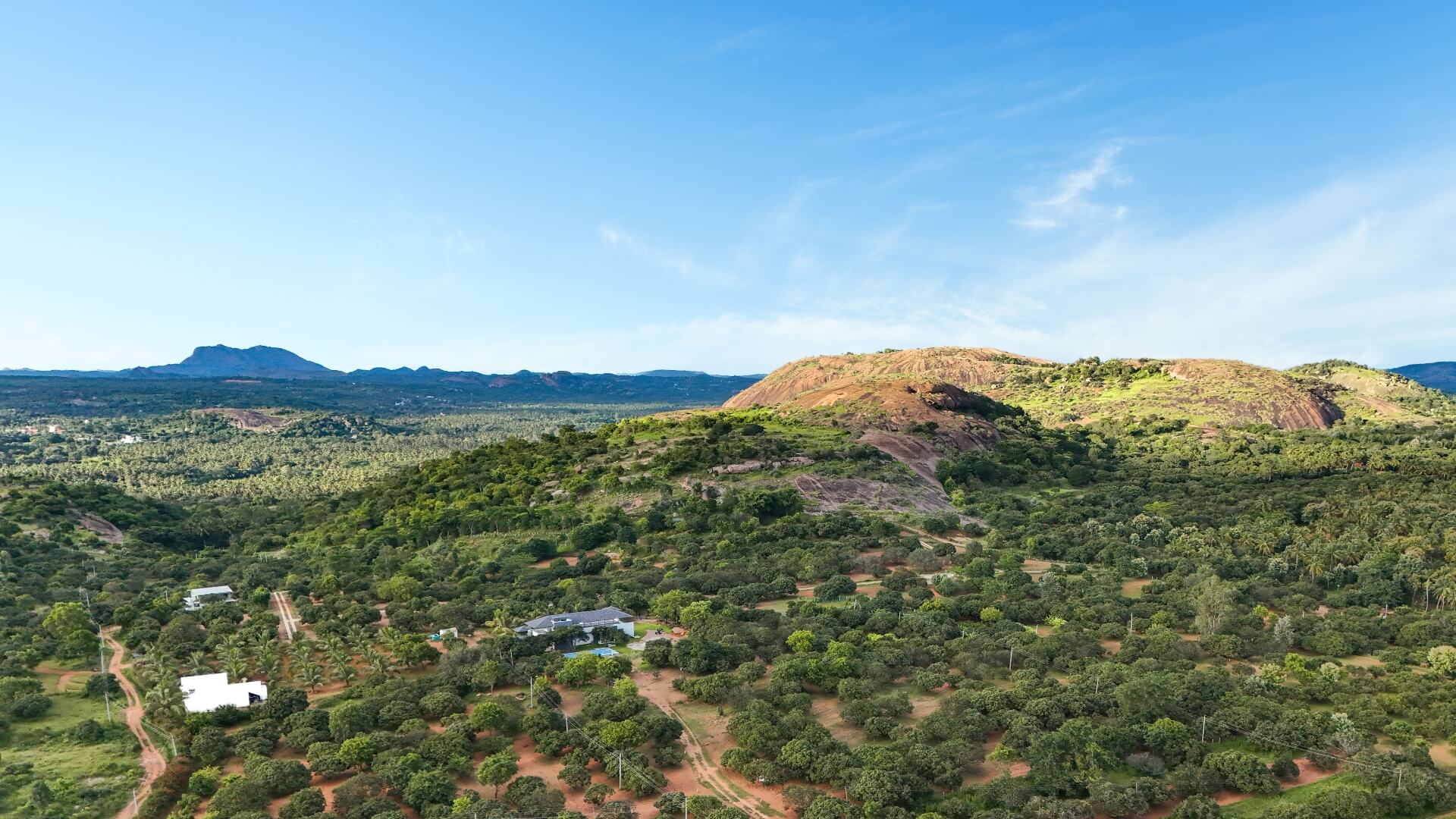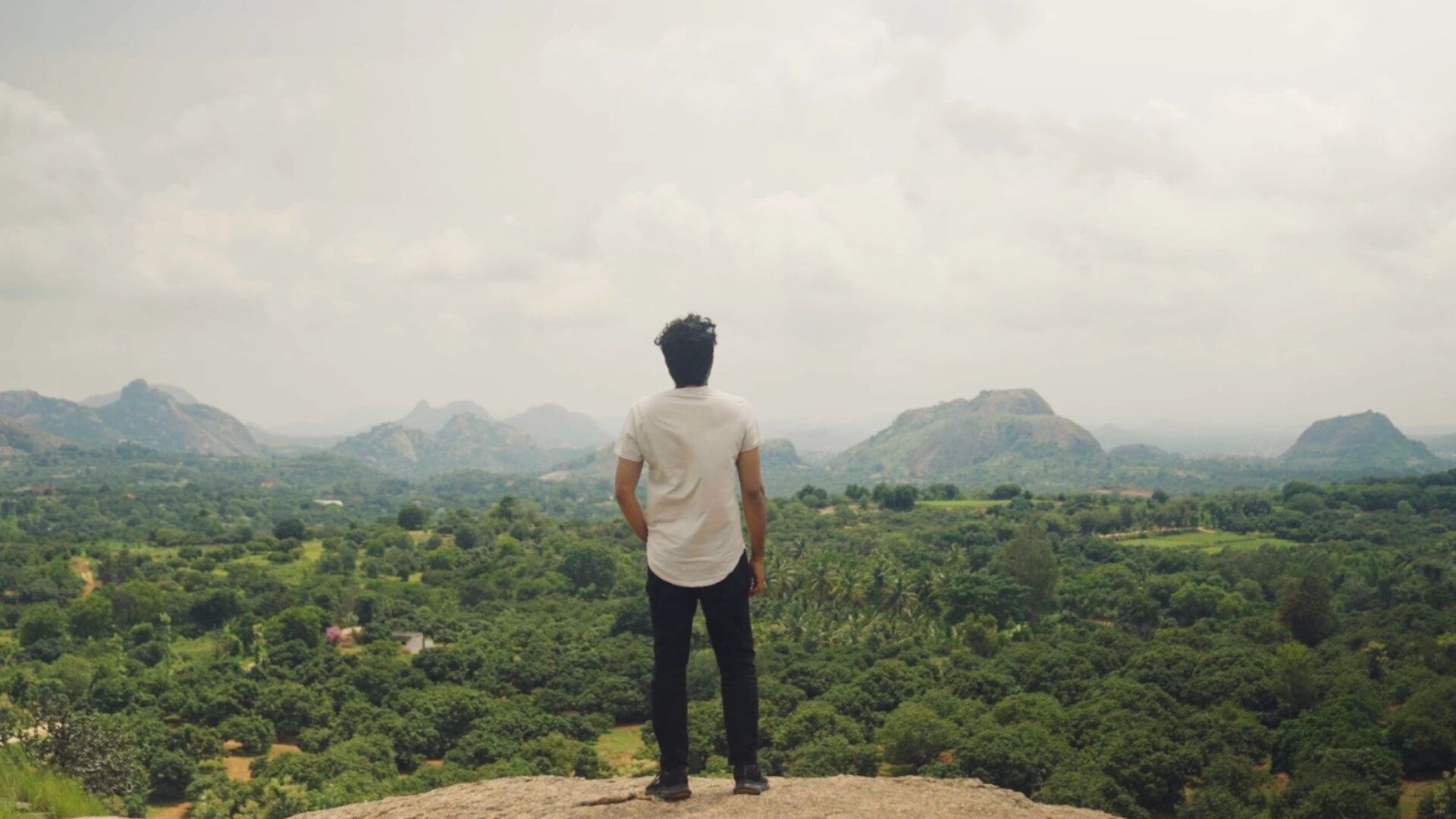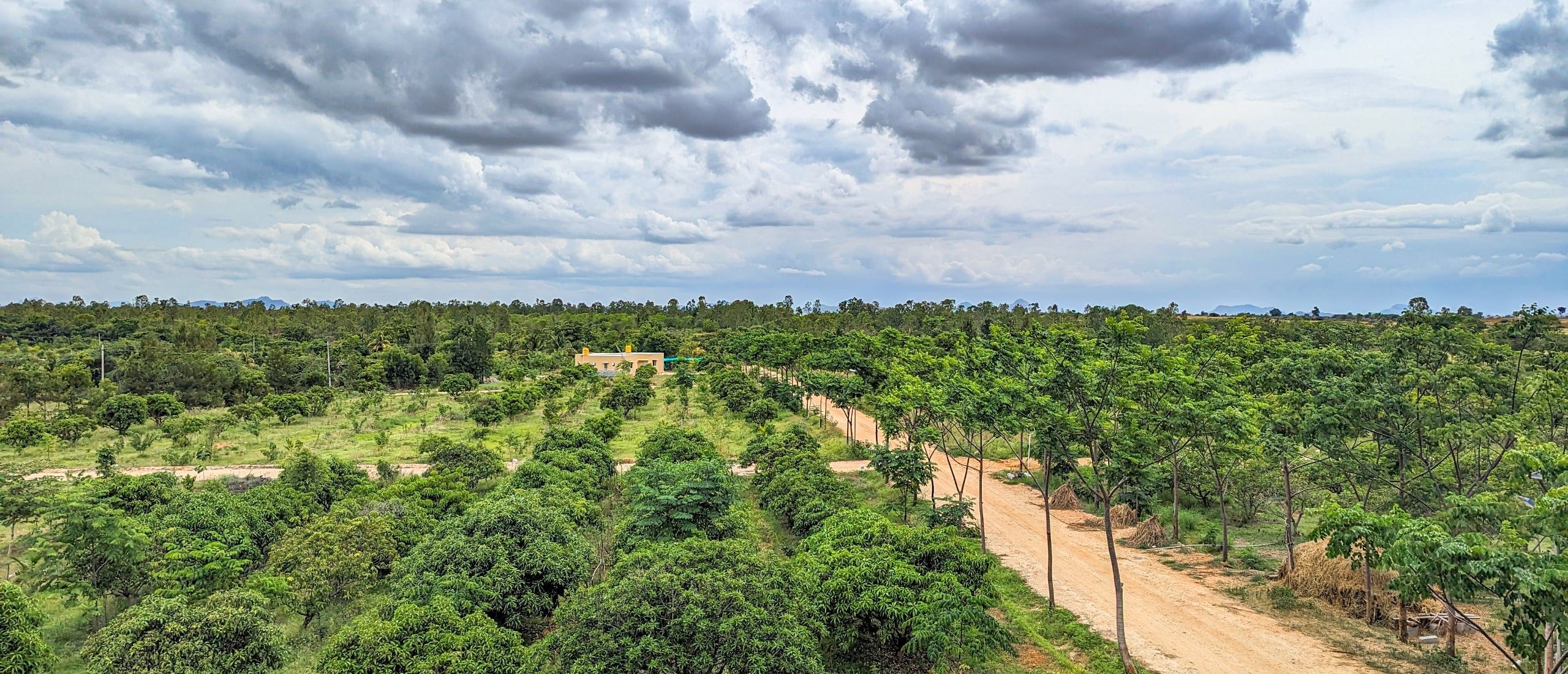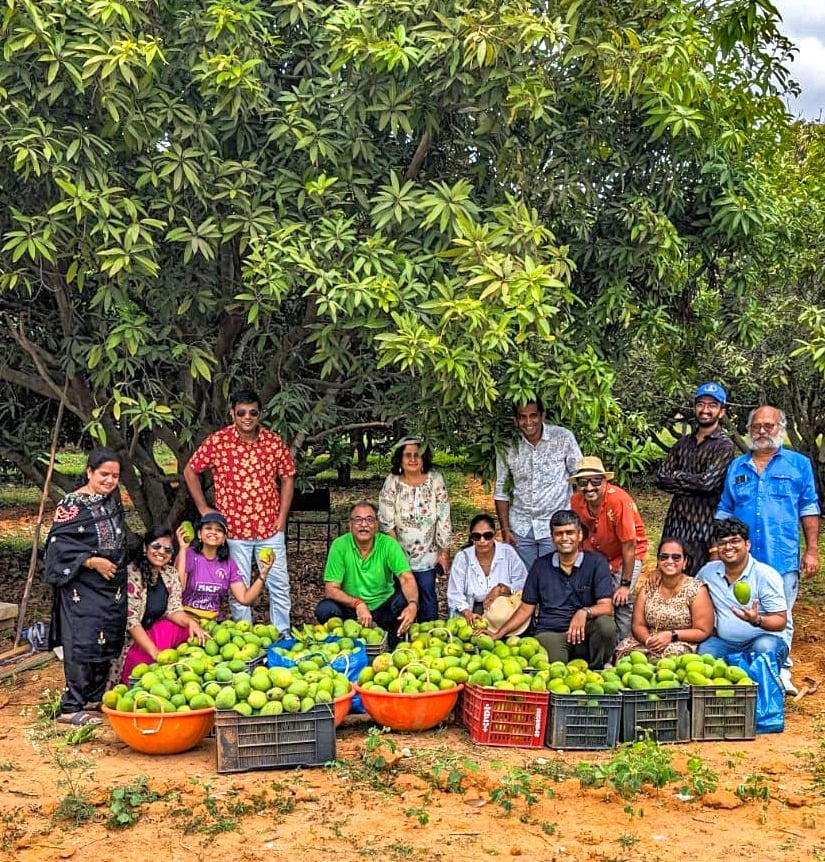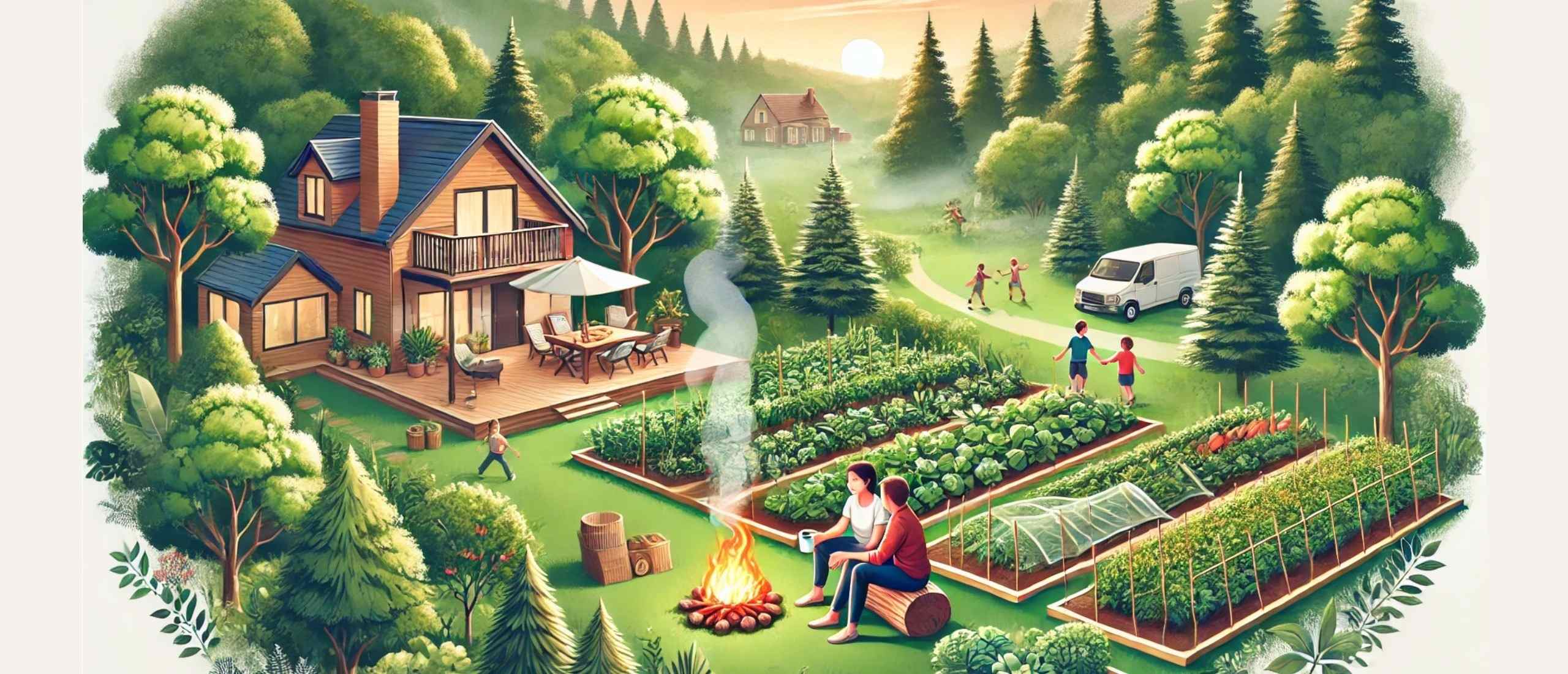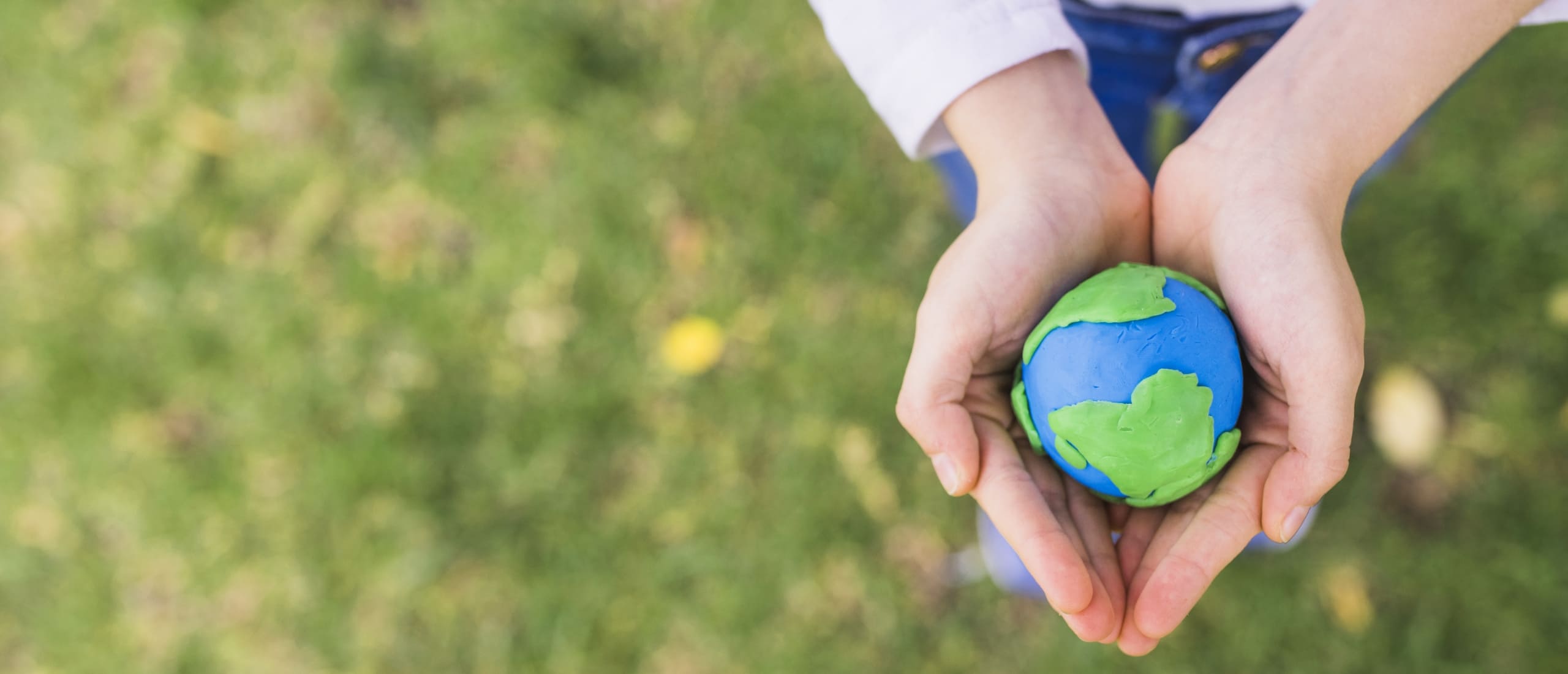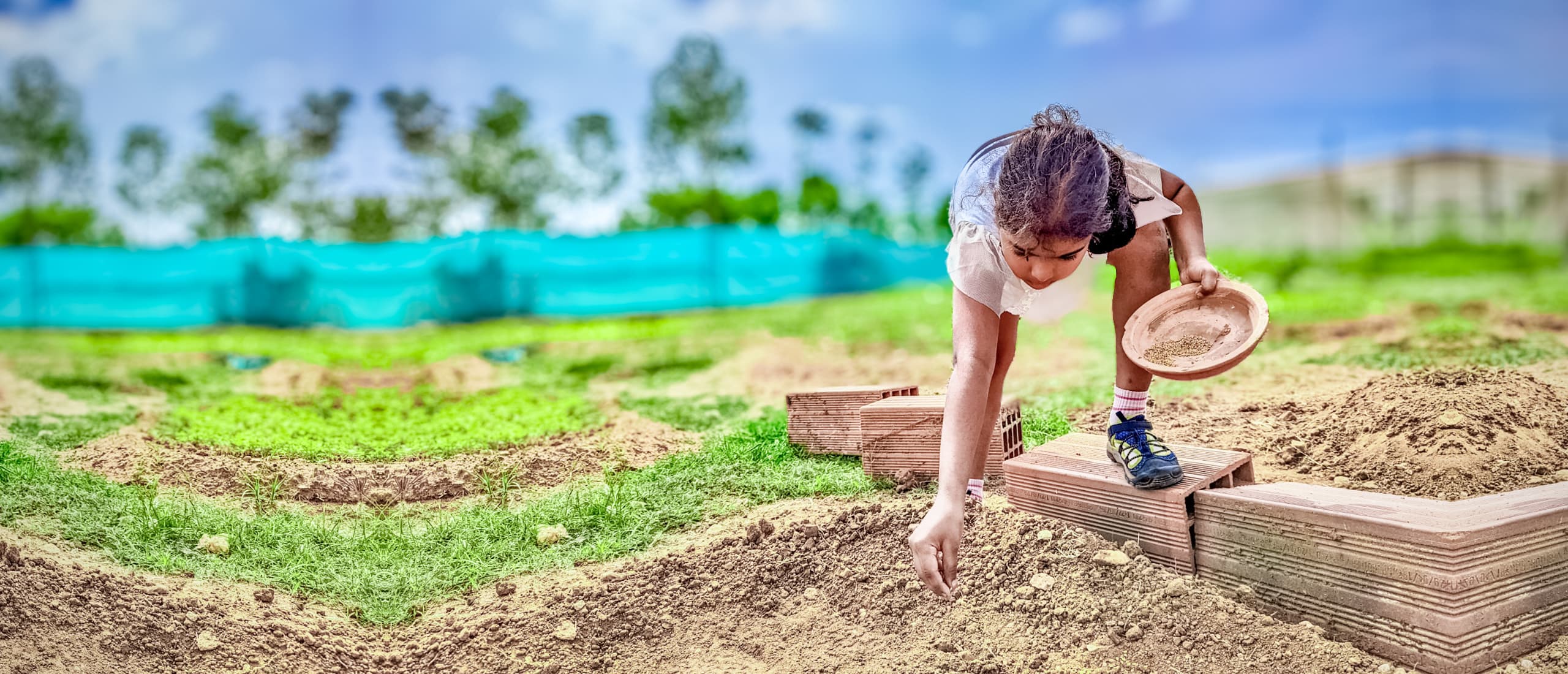July 19, 2024
Author – Anmol Agarwal
Read Time – 4 mins
Have you ever wondered what life would be like without the soothing presence of a forest, the gentle flow of a river, or the songs of birds at dawn?
Nature Conservation Day is a poignant reminder of the critical need to protect and preserve the natural world that sustains us. As humanity has evolved, so has our relationship with nature. What was once a bond of reverence and respect has transformed into one of domination and exploitation. This shift has had severe consequences for the environment, which is now facing unprecedented challenges.
Today, more than ever, it is essential to revisit our roots and work towards a sustainable and regenerative future.
Historical Perspective on Human-Nature Relationship
For much of human history, people viewed themselves as an integral part of the natural world. Many cultures saw nature as a nurturing parent, with plants and animals regarded as relatives. This deep connection fostered a sense of reverence and respect. However, the advent of the industrial age brought a dramatic change. Humans began to see themselves as superior to nature, treating animals as mindless machines and the environment as a resource to be exploited. Nature was no longer a living entity to be revered but a machine to be manipulated for human benefit.
This shift in perception led to significant environmental degradation. Coal mining, deforestation, and industrial pollution became rampant as humans tunneled into the earth, scraped its surface with tractors, and polluted its waters. These actions, while improving the lives of billions, have also caused irreparable harm to the planet.
The Impact of Human Activities on Nature
The consequences of treating nature as a machine are now evident. Scientists have observed a dramatic decline in biodiversity, with numerous species facing extinction. The atmosphere is warming, soil is eroding, and natural habitats are disappearing at an alarming rate. Research has shown a decline in the use of nature-related keywords in literature and media, reflecting a societal disconnect from the natural world.
One stark example of this disconnection is the Amazon rainforest. Once a thriving ecosystem, it is now reaching a tipping point where it could transform into a savanna. This would have catastrophic consequences for the thousands of species that call it home, as well as for global climate patterns.
Reversing the Damage: Regenerative Stories and Solutions
Despite the grim situation, there are inspiring stories of regeneration and conservation. These initiatives demonstrate that it is possible to reverse environmental damage and create a sustainable future.
1.The Paani Foundation Initiative
The Paani Foundation in Maharashtra, India, founded by Bollywood megastar Aamir Khan, is a prime example of effective conservation efforts. The foundation hosts the Water Cup competition, where villages compete to build the most water harvesting structures in 45 days. Since its inception in 2016, thousands of villages have participated, resulting in water storage structures with a capacity of 145 billion gallons.
This initiative has had a transformative impact on the region. Maharashtra receives most of its rainfall during a three-month monsoon period, followed by nine dry months. The water harvesting structures built during the competition help recharge the water table, ensuring that villages have sufficient water for drinking and farming throughout the year. As a result, many villages can now cultivate crops multiple times a year, significantly improving their livelihoods.
2.Hosachiguru Managed Farmland
At Hosachiguru managed farmlands, sustainable farming practices are at the forefront of their conservation efforts. By plowing less, maintaining year-round roots, and promoting plant diversity, we have created a model for regenerative agriculture. These practices support diverse microbial communities that enhance soil health and carbon storage.
Carbon-rich soils are more resilient to climate change and provide consistent agricultural yields. This approach not only benefits our farms but also contributes to broader environmental goals by sequestering carbon and improving biodiversity.
The Role of Soil in Nature Conservation
Soil health is a cornerstone of nature conservation. Healthy soil is essential for food security and plays a crucial role in regulating the climate. However, we are losing soil at an alarming rate due to unsustainable agricultural practices and deforestation. Rebuilding soil fertility requires a fundamental rethink of our reliance on technology and chemicals. Instead, we must focus on natural processes, such as planting diverse plantations and reduced tillage, to restore soil health and support life.
The Future of Conservation: Urbanization and Population Growth
As the global population continues to grow and urbanize, it is crucial to integrate nature into urban planning. By 2050, 85% of the world’s population will live in cities, placing immense pressure on natural resources. Urban areas must adopt green infrastructure, such as parks, green roofs, and community gardens, to support biodiversity and provide residents with access to nature.
Individual actions also play a vital role in conservation. Simple steps, such as reducing plastic use, supporting sustainable products, and participating in local conservation efforts, can collectively make a significant impact.
Conclusion
Nature Conservation Day serves as a clarion call for humanity to awaken to the beauty and fragility of our natural world. This serene connection with nature is not a distant dream but a tangible reality we can achieve. By learning from successful conservation initiatives and adopting regenerative practices, we can restore the balance between humanity and nature.
Every tree we plant, every sustainable habit we adopt, and every community effort we support brings us closer to a thriving, vibrant Earth.
Let us rekindle our ancient bond with the natural world, viewing it not as a resource to be exploited but as a living entity to be cherished. Our actions today will shape the legacy we leave for future generations.















